Welcome to the definitive guide on how to size a capacitor.
Whether you’re a seasoned electrical engineer or a DIY enthusiast, understanding the principles behind capacitor sizing is crucial for the success of your projects.
In this article, we’ll delve into the intricacies of capacitor sizing, exploring the factors that influence selection and providing practical insights to help you make informed decisions. From basic principles to advanced techniques, this guide has you covered.
What Are Capacitors
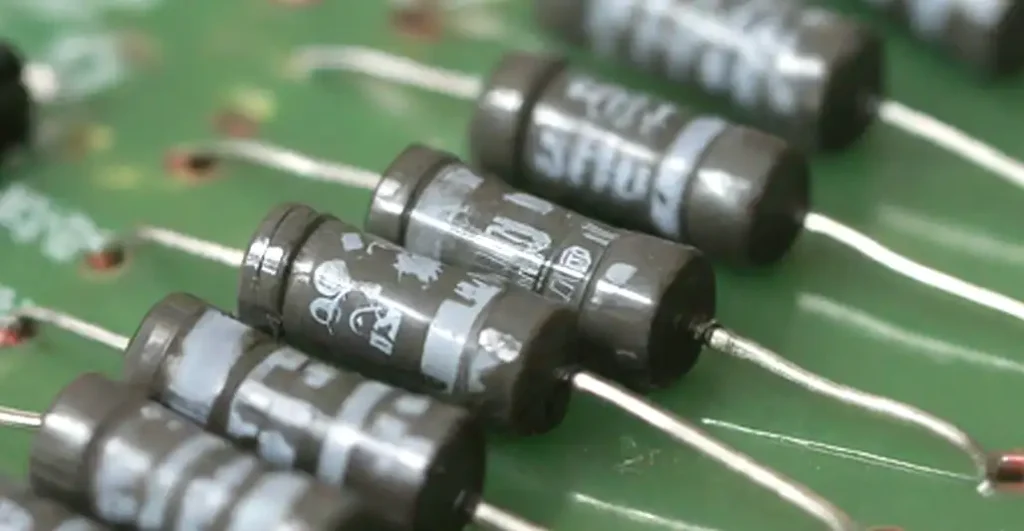
Before diving into capacitor sizing, it’s essential to grasp the fundamentals of how capacitors work and their role in electrical circuits.
Capacitors are passive electronic components that store and release electrical energy in the form of an electric field.
They consist of two conductive plates separated by an insulating material known as a dielectric. When connected to a power source, capacitors charge and discharge, thereby storing and releasing energy as needed.
Types of Capacitors
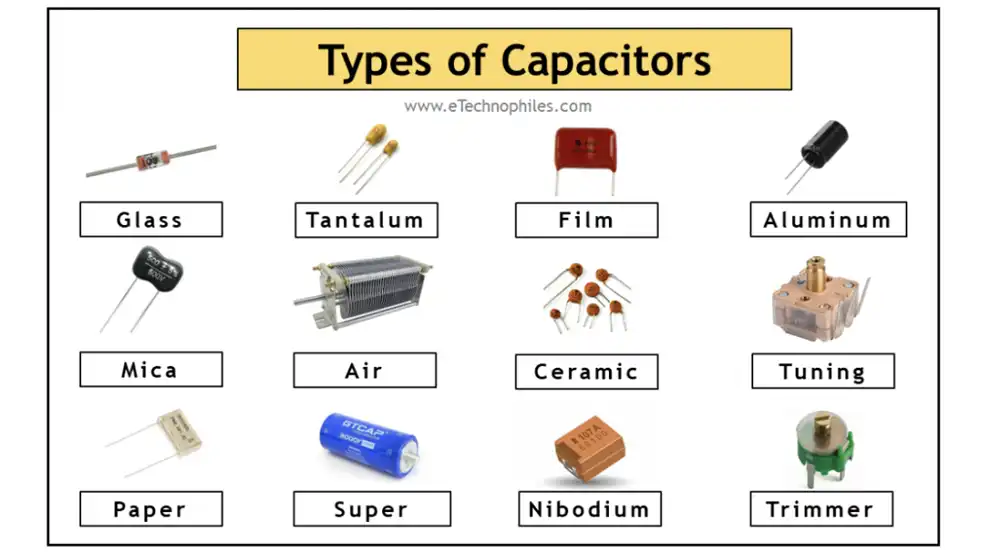
Capacitors come in various types, each with its unique characteristics and applications. Understanding the different types will help you choose the right capacitor for your specific needs.
Electrolytic Capacitors:
- Electrolytic capacitors are polarized capacitors that use an electrolyte as the dielectric. They are commonly used in DC circuits for their high capacitance and low cost.
Ceramic Capacitors:
- Ceramic capacitors utilize ceramic materials as the dielectric. They are known for their stability, high frequency response, and low losses, making them suitable for a wide range of applications.
Film Capacitors:
- Film capacitors use a thin plastic film as the dielectric. They offer excellent temperature stability, low leakage current, and high reliability, making them ideal for precision applications.
Factors Influencing Capacitor Sizing
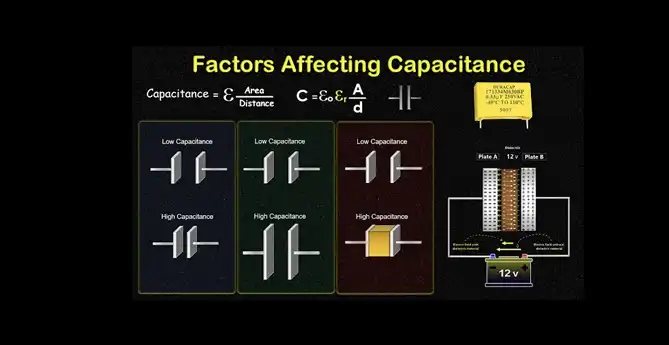
Selecting the right capacitor size involves considering several factors to ensure optimal performance and reliability in your circuits. Let’s explore the key factors that influence capacitor sizing decisions.
Voltage Rating:
The voltage rating of a capacitor determines the maximum voltage it can withstand without experiencing failure. When sizing a capacitor, always choose one with a voltage rating higher than the maximum voltage in your circuit to prevent breakdown and damage.
Capacitance Value:
The capacitance value, measured in farads (F), indicates the amount of charge a capacitor can store for a given voltage. Choosing the appropriate capacitance value depends on the specific requirements of your circuit, including filtering, timing, and energy storage.
Ripple Current Rating:
Ripple current refers to the AC component of current flowing through a capacitor in applications such as power supply filtering. It’s essential to select a capacitor with a ripple current rating that exceeds the maximum expected ripple current to prevent overheating and premature failure.
Temperature Considerations:
Temperature has a significant impact on capacitor performance and longevity. Ensure the selected capacitor can operate within the temperature range of your application to maintain reliability and stability.
Size and Form Factor:
The physical size and form factor of a capacitor are critical considerations, especially in space-constrained applications. Choose a capacitor that fits within the available space while meeting the electrical requirements of your circuit.
How to Size a Capacitor
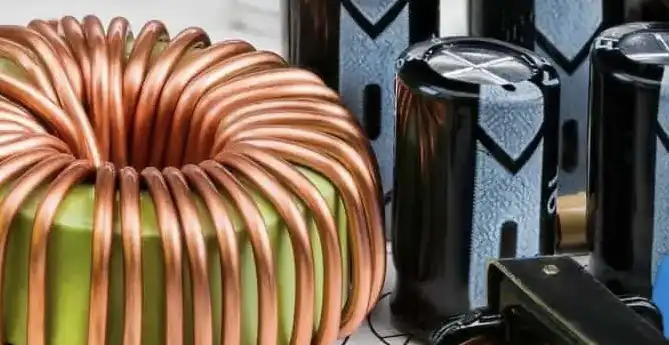
How to calculate capacitor size?
Now that we’ve covered the fundamentals, let’s dive into a step-by-step guide on how to size a capacitor for your specific application.
Step 1: Determine Circuit Requirements:
Before selecting a capacitor, identify the requirements of your circuit, including voltage, current, capacitance, and frequency.
Step 2: Calculate Capacitance Value:
Based on the circuit requirements, calculate the required capacitance value using the formula:
Where:
- C = Capacitance (Farads)
- Q = Charge (Coulombs)
- V= Voltage (Volts)
Step 3: Consider Voltage Rating:
Select a capacitor with a voltage rating higher than the maximum voltage in your circuit to ensure safety and reliability.
Step 4: Account for Ripple Current:
If your application involves AC circuits or power supply filtering, consider the ripple current rating of the capacitor and choose one that exceeds the maximum expected ripple current.
Step 5: Evaluate Temperature Ratings:
Check the temperature ratings of the capacitor to ensure compatibility with the operating conditions of your application.
Step 6: Determine Physical Size:
Finally, consider the physical size and form factor of the capacitor to ensure it fits within the available space in your circuit layout.
How Do I Know What Size Capacitor I Need
How do you know what size capacitor to use?
To determine the size of capacitor you need for your specific capacitor application, you’ll need to consider several factors:
- Circuit Requirements: Identify the voltage, current, frequency, and other specifications of your circuit.
- Calculate Capacitance: Use the formula (C = \frac{Q}{V}) to calculate the required capacitance based on the charge (Q) and voltage (V) requirements of your circuit.
- Consider Voltage Rating: Choose a capacitor with a voltage rating higher than the maximum voltage in your circuit to ensure safety and reliability.
- Account for Ripple Current: If your application involves AC circuits or power supply filtering, consider the ripple current rating of the capacitor and choose one that exceeds the maximum expected ripple current.
- Evaluate Temperature Ratings: Check the temperature ratings of the capacitor to ensure compatibility with the operating conditions of your application.
- Determine Physical Size: Consider the physical size and form factor of the capacitor to ensure it fits within the available space in your circuit layout.
By following these steps and considering these factors, you can determine the appropriate size of capacitor for your specific needs.
How to Determine Capacitor Size
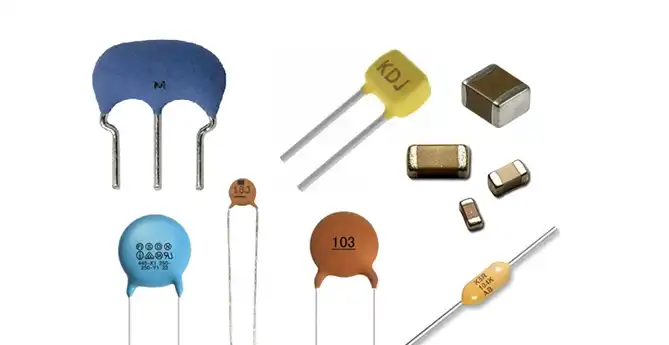
Determining the size of a capacitor involves assessing various factors to ensure it meets the requirements of your electrical circuit.
Here’s a guide on how to find capacitor size:
- Understand Circuit Needs: Begin by understanding the specifications of your circuit, including voltage, current, frequency, and any specific performance requirements.
- Calculate Capacitance: Use the formula (C = \frac{Q}{V}) to calculate the required capacitance. Here, (C) represents capacitance (in Farads), (Q) denotes charge (in Coulombs), and (V) stands for voltage (in Volts).
- Consider Voltage Rating: Choose a capacitor with a voltage rating higher than the maximum voltage in your circuit to ensure safety and reliability.
- Account for Ripple Current: If your circuit involves AC applications or power supply filtering, consider the ripple current rating. Ensure the capacitor’s ripple current rating exceeds the maximum expected ripple current to prevent overheating.
- Evaluate Temperature Range: Check the temperature ratings of the capacitor to ensure it can operate within the temperature range of your application without compromising performance.
- Assess Physical Size: Consider the physical dimensions and form factor of the capacitor, ensuring it fits within the available space in your circuit layout.
- Select Suitable Capacitor Type: Choose the appropriate type of capacitor based on your circuit requirements, such as electrolytic, ceramic, or film capacitors.
- Verify Specifications: Review datasheets or manufacturer specifications to confirm that the selected capacitor meets all necessary criteria for your application.
By following these steps and considering these factors, you can accurately determine the size of the capacitor needed for your electrical circuit.
Common FAQs About Capacitor Sizing:
Here are some frequently asked questions about capacitor sizing, along with detailed answers to help clarify any doubts you may have.
What is the significance of capacitance value in capacitor sizing?
The capacitance value determines the amount of charge a capacitor can store, influencing its performance in various circuit applications. Choosing the right capacitance value ensures optimal functionality and reliability.
Why is voltage rating important when selecting a capacitor?
The voltage rating indicates the maximum voltage a capacitor can withstand without experiencing failure. Selecting a capacitor with a voltage rating higher than the maximum voltage in your circuit is crucial to prevent breakdown and damage.
How does temperature affect capacitor performance?
Temperature can impact capacitor performance, affecting factors such as capacitance value, leakage current, and lifespan. It’s essential to choose capacitors rated for the operating temperature range of your application to maintain reliability.
What role does ripple current play in capacitor selection?
Ripple current refers to the AC component of current flowing through a capacitor, commonly encountered in power supply filtering applications. Choosing a capacitor with a ripple current rating that exceeds the maximum expected ripple current ensures durability and stability.
Can I substitute capacitors with different form factors?
While capacitors may come in various form factors, it’s essential to select one that meets both the electrical and physical requirements of your circuit. Substituting capacitors with significantly different form factors may impact circuit performance and reliability.
How do I ensure optimal performance when sizing capacitors for high-frequency applications?
For high-frequency applications, such as RF circuits, it’s crucial to choose capacitors with low equivalent series resistance (ESR) and low parasitic capacitance. These characteristics minimize losses and ensure optimal performance at high frequencies.
Conclusion
In conclusion, mastering the art of capacitor sizing is essential for any electrical enthusiast or professional. By understanding the principles behind capacitor operation and considering factors such as capacitance value, voltage rating, ripple current, temperature, and form factor, you can confidently select the right capacitor for your applications. Remember to conduct thorough research, consult datasheets, and verify specifications to ensure optimal performance and reliability in your circuits.




















